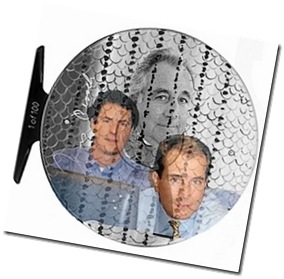I’ve always likened the traditional dry fly as the fly fishing equivalent of the Japanese Tea ceremony. You can tie a million of them and the number of times you’re pleased with the result you can count on one hand.
Double-divided quill wings spin our gossamer tippet into a snarl, Woodduck flank is expensive as hell, and we roar past the traditional Catskill dry enroute to something more contemporary and scientific.
The Catskill Cabal; George Labranche, Theodore Gordon, Preston Jennings, Walt & Winnie Dette, Rube Cross, Art Flick, Harry & Elsie Darbee, and Roy Steenrod, were instrumental in the migration of English dry fly theory and adapting chalkstream tactics to moving water. Despite the passage of nearly one hundred years, their influence on the sport continues unabated.

Mike Valla has written an engaging book on the entire Catskill experience – from his vantage as an “adoptee” of the Dette’s. It’s an interesting and fast read that introduces the rivers – their unique personalities and patrons, the fishermen, and the fly tying brain trust that gave us the traditional patterns we know today.
The book focuses on the development and variations of the traditional Catskill flies, how each was modified, the individual variants popularized by each tier, and how the modern Catskill patterns we tie today evolved from their inception.
“This was the Rube cross who told Walt Dette, in the late 1920’s, to get lost when Dette asked Cross to show him how to tie flies. Walt promised that he would tie only for himself, but Cross would have no part of it.”
“When (Rube) Cross turned down Walt Dette’s request to teach him his tying techniques, Dette purchased $50 worth of flies from Cross, and he, Winnie, and Harry Darbee dismantled them in a rented room above a Roscoe movie theater to learn the Cross technique ..”
“Legends” can be as ornery and cantankerous as the rest of us. Books and autobiographies usually omit personality and character – facets that add a great deal to any legend. In describing Rube Cross’s 1950 work, “The Complete Fly Tier” – where his fly tying style was photographed, its author may have tried to hide his technique from us as well:
“One late summer evening many years ago, while I was at Walt’s side at his vise, he explained what they discovered about the Cross technique: ‘That is not what the unwrapping revealed. When we untied Cross’s flies, he set those wings first, then the tails, then the body, the common sequence that is used today.’ Walt used to give Cross some benefit of the doubt, and stated that maybe Cross changed his technique, but it does seem odd. Winnie, on the other hand, thought the change described in the book deliberate, to hold secret his true technique.”
This “forty-thousand foot view” of the area and its personalities adds a great deal of information not encountered in specific literature, like the interactions of all this talent and their individual foibles.
Considering the materials and techniques of the day, no bobbins, 3/0 silk thread held with clothes pins, the lack of genetic hackle, the paucity of blue dun – a color that permeates Catskill flies, few synthetics, and no domestic supply of fly tying items – most ordered from England, their skill, especially the Dette’s and Rube Cross, is astounding.
The chapter on hackle brought back unwelcome memories from my own youth, as Dun necks were squirreled away in back rooms – reserved for that special customer. Each Catskill tyer eventually developed his own stable of chickens to ensure adequate dun hackle. “Live plucking” the hackle was the norm – the chickens being much too valuable to kill.
We’ve never had to run around in the dark trying to corral wise old roosters who’ve experienced a couple years of scalp pulling…
“Modern fly tiers have access to every possible shade of hackle required for any fly pattern, and the stiff hackle is superior to what we all had to live with years ago. Jack Atherton once traded one of his original paintings, worth thousands of dollars, for a hackle cape that the stiffness and color required for Neversink Skaters; tiers today don’t realize how coveted a good neck was in the early years. One can walk into any good shop and choose from a wide variety of dun shade and be assured that even the lowest grade necks are better than hackle available ten years ago.”
Indian and Chinese capes were the only thing available pre-1980’s. They were serviceable enough for flies #12 and above, but tying #16’s – with hackle less than an inch long, still brings me nightmares.
That attention to detail has propagated itself into the current hackle business, as Harry Darbee’s line of genetic chickens may have served as the initial brood stock for both amateur and commercial alike:
“The Darbee line, as it is called , has also found its way into the flock of numerous backyard breeders like Doc Alan Fried in Livingston Manor. Fried , in turn, continued Darbee’s generosity in sharing eggs, and it was through Doc Fried that Darbee DNA found its way into the Collins and Whiting hackle.”
For the fly tyer interested in plates, dressings, and authentic patterns, you’ll not be disappointed. Step by step illustrations demonstrate the Dette-trained Valla’s Catskill mastery, and the many variants practiced by each of the above tiers. Many samples of original work are depicted from the author’s collection – and the Catskill Fly Fishing Center and Museum.
Despite the cross-continent geographic gulf, the dissimilarity in watersheds that I fish, and all the advances in synthetics and angling technology, “Catskill” style traditional dries still comprise a dominant role in the fly box. We no longer need to leave the gap behind the eye as the Turle knot has been replaced by the Clinch, but the design and simplicity of this style of dressing will likely survive another hundred years, despite the many who insist it’s outdated.
Great book, with content for both angler and fly tier alike.
(Full Disclosure: The reviewer paid full retail for the book, it’s available from Amazon.com for $32.95)
Tags: Mike Valla, Catskill Fly Fishing Center and Museum, Art Flick, Walt Dette, Rube Cross, Theodore Gordon, Harry Darbee, George LaBranche, Roy Steenrod, Preston Jennings, Tying Catskill Style Dry Flies, Turle knot, the Complete Fly Tier, Catskill angling lore


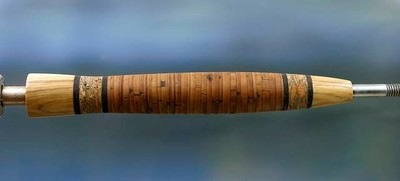

 Us native Californian’s pride ourselves on being at the forefront of the next great trend – even marginal ones, just so we’re seen as holding up our end…
Us native Californian’s pride ourselves on being at the forefront of the next great trend – even marginal ones, just so we’re seen as holding up our end…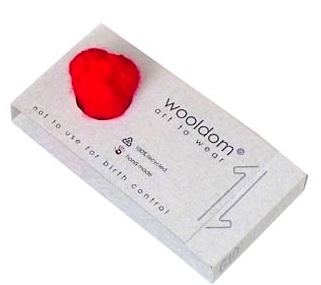 everyone else didn’t. As they shuffled out of the water to the fire I’d move closer to the best lie. For my suffering I was rewarded with a bonafide hookup and landed a 10 lb buck.
everyone else didn’t. As they shuffled out of the water to the fire I’d move closer to the best lie. For my suffering I was rewarded with a bonafide hookup and landed a 10 lb buck.
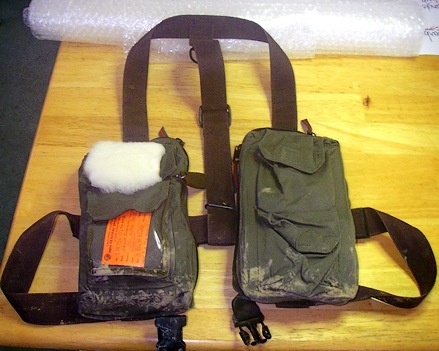

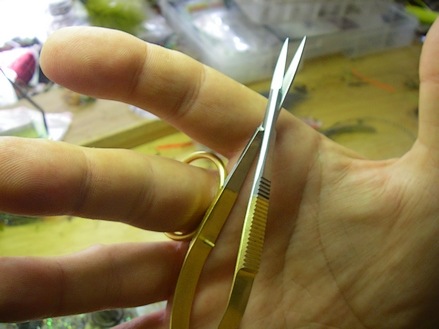
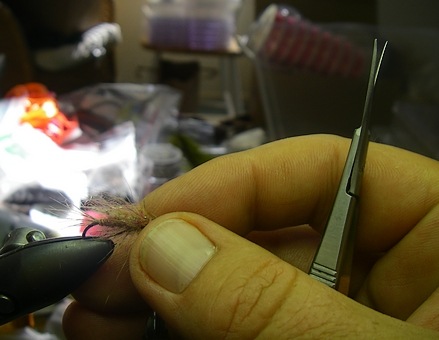
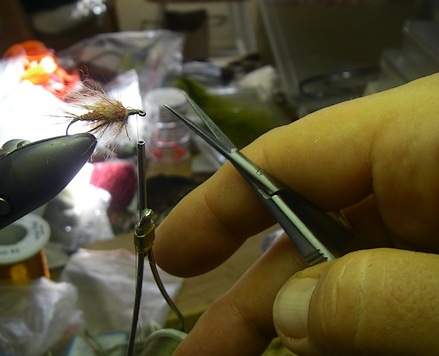
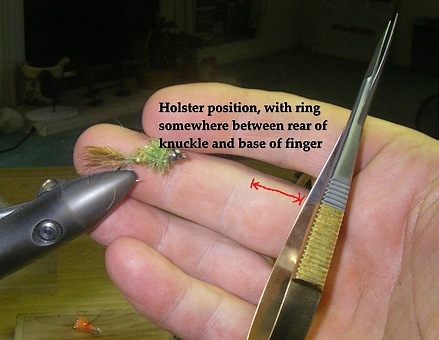
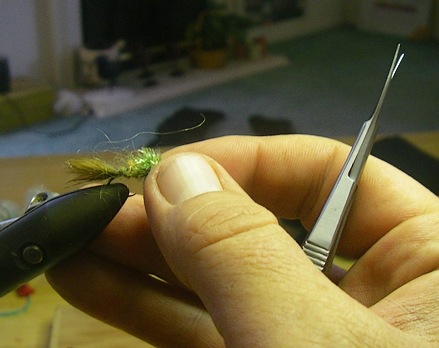
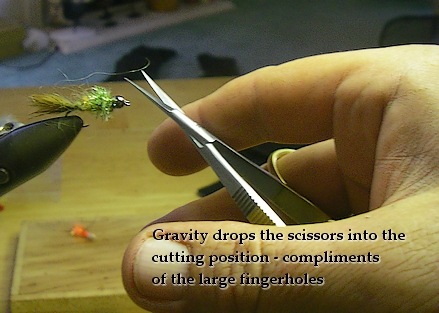
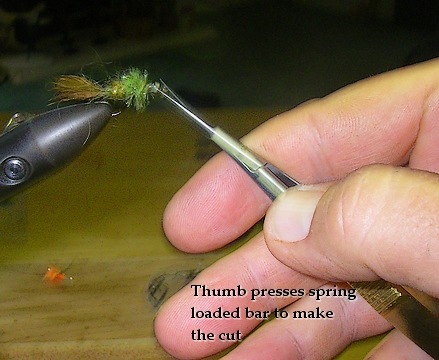
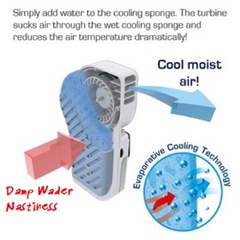 4 AA batteries ensures five hours of continuous operation – exchanging fetid wader dampness for cool moist air.
4 AA batteries ensures five hours of continuous operation – exchanging fetid wader dampness for cool moist air.